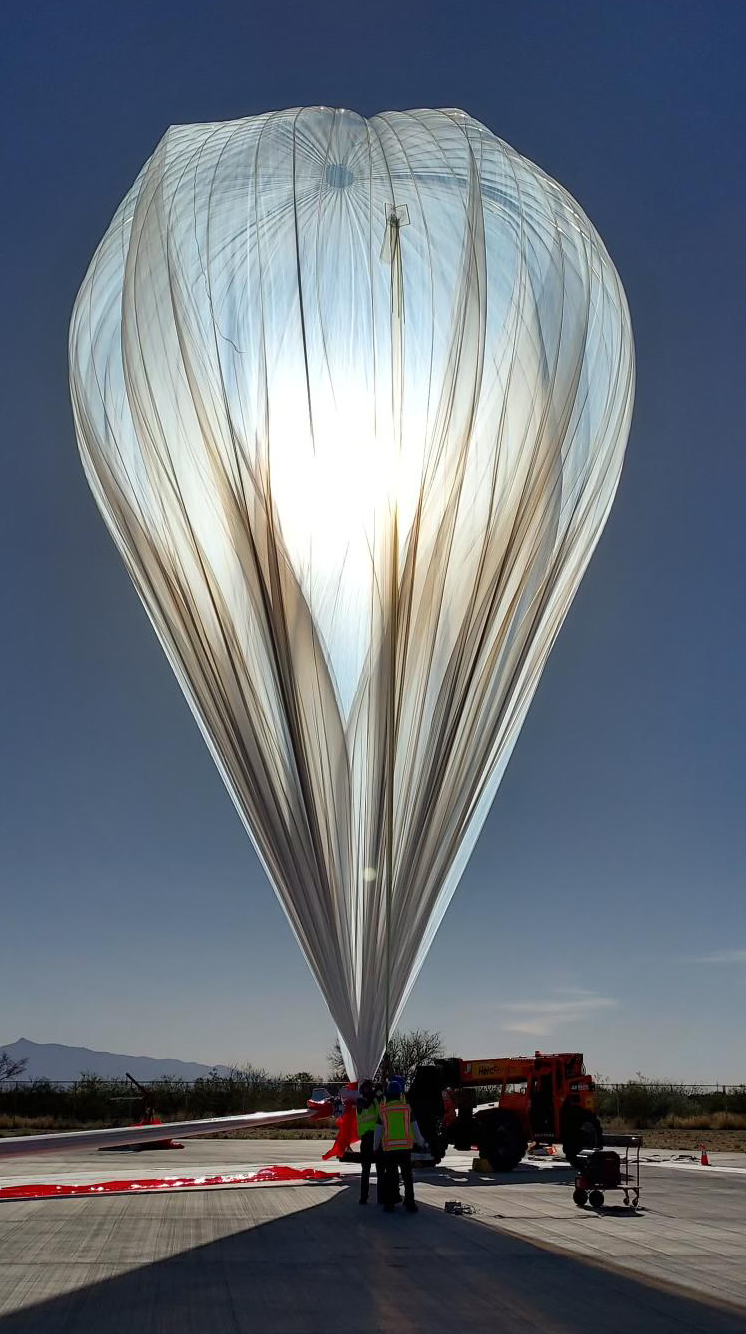The Flight Loads Laboratory (FLL) at NASA’s Armstrong Flight Research Center in Edwards, California, is a unique national facility that supports flight research and aircraft structures testing. It continues to thrive after five decades because it provides a mix of valuable capabilities: dynamic thinking to meet challenges and a culture that reinforces getting the work done. From the X-15 and YF-12 of the early years to modern marvels such as the X-57 and X-59 experimental aircraft and dozens of major accomplishments in between, the highly skilled staff is positioned for the future.
With its accessibility to the Rogers Dry Lake and the Edwards Air Force Base flight line, the laboratory is ideally suited to conduct structural tests on many experimental vehicles. The FLL supports the broad spectrum of flight research programs of NASA, Department of Defense, private industry, and other aerospace organizations.
Facilities
The FLL consists of a large high-bay test area with adjacent laboratories, offices, and storage area. The 164- by 120-foot reinforced concrete floor contains tie-down slots to anchor test setups and is accessed from the entry ramp by a 136- by 40-foot door. The open area for testing is approximately 146 by 113 feet. A 5-ton rail crane with a maximum hook height of 39 feet services the entire test area floor.
The FLL incorporates systems for mechanical and thermal structural testing, as well as for data acquisition and test control. The data acquisition and test control room is on the second floor overlooking the main test area. Instrumentation and electronic support laboratories are also provided. Additional facility features include closed-circuit television for remote monitoring, a public address system, and a headset audio communications system.
Previous Testing
A variety of thermal and structural tests have been conducted in the FLL. For example, a dedicated ground test version of the Pegasus Hypersonic Experiment (PHYSX) wing glove (to be flown on an air-launched space booster) was cooled and heated to simulate the thermal environment predicted for the booster’s first stage of flight. The test started by cooling the test article to -30 degrees Fahrenheit, which represents the cold-soak temperature during release from the carrier aircraft at Mach 0.8 and an altitude of 38,000 feet. The heating profile then proceeded for 80 seconds to simulate conditions at first-stage burnout at Mach 8 with temperatures in excess of 500 degrees.
A liquid nitrogen vaporization system provided cold gas for pre- and post-test cooling of the glove. Quartz lamp heaters attached to stainless steel reflectors provided heat for the first-stage flight simulation. The lamp spacing and reflectors were custom tailored to the glove geometry and various heat flux levels to be imposed on the glove. Open and closed-loop control methods were used to regulate the radiant heat lamps.
The experimental strain, temperature, and deflection data gathered during this test series was used to validate nonlinear structural models of the glove.
Staff
The FLL management and technical staff are well qualified to direct test activities to achieve a broad range of test objectives and requirements. The engineering staff has extensive experimental and analytical experience spanning many traditional engineering disciplines, such as structures, aerodynamics, heat transfer, instrumentation, electrical, and computer technology.
The staff provides test set-up design, high-temperature instrumentation development and application, load and stress analyses, aero/thermal computations, and electronic hardware and software design and development. An experienced team of technicians set-up, operate, and maintain the comprehensive systems in the FLL.
The team has considerable expertise with instrumentation, mechanical, electrical and computer systems to conduct structural tests. FLL personnel maintain an arsenal of analytical tools to complement its structural test capability. A state-of-the-art network of computer systems and analysis programs are available to correlate experimental results with analytical predictions.


































